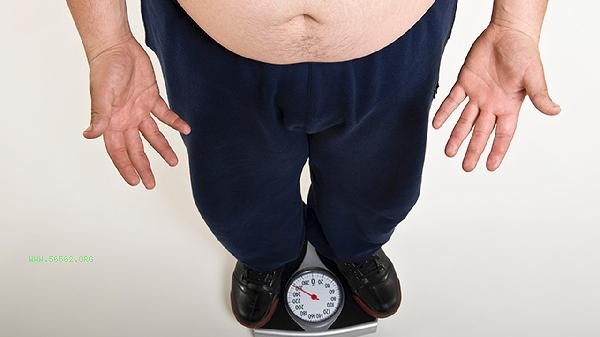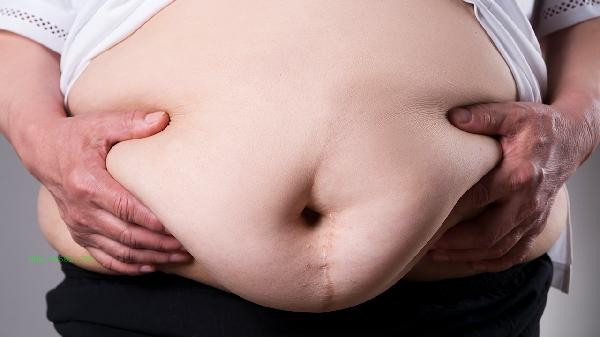After losing weight due to muscular obesity, the body shape will become tighter and more symmetrical, but attention should be paid to preserving muscle mass. Muscular obesity is usually characterized by a high body fat percentage but sufficient muscle mass. After weight loss, changes such as muscle lines appearing, stable basal metabolic rate, and improved exercise ability may occur. If a scientific approach is adopted during the weight loss process of individuals with muscular obesity, the muscle contours previously covered by fat will gradually become clearer after the decrease in body fat percentage, especially in the limbs and waist and abdomen, where a more pronounced sense of lines will appear. Due to the active metabolism of muscle tissue, the basal metabolic rate of this population usually does not significantly decrease after weight loss, which can effectively avoid rebound. Combined with regular strength training, muscle mass and function may further improve after weight loss, and exercise performance such as explosive power and endurance will be significantly enhanced. Some individuals with muscular obesity who adopt extreme dieting or excessive aerobic exercise may experience muscle loss, resulting in weight loss but weight loss. Muscle loss can be accompanied by a decrease in basal metabolic rate, decreased strength, and may even trigger a plateau period. If the body fat percentage is too low after excessive weight loss, women may experience menstrual disorders and men may face hormonal fluctuations.

It is recommended that individuals with muscular obesity adopt a high protein diet combined with resistance training, with a daily total protein intake of no less than 1.6 grams per kilogram of body weight, and prioritize using complex movements such as squats and hard pulls to maintain muscle stimulation. Schedule 3-4 strength training sessions per week combined with 2-3 low to moderate intensity aerobic exercises to avoid training the same muscle group for two consecutive days. Regular body composition testing can be conducted, and when the body fat percentage drops to around 15% for males or 22% for females, it can be switched to a maintenance period plan. Pay attention to supplementing with vitamin D and omega-3 fatty acids, which can help maintain muscle inflammation repair function. Ensure a sleep time of at least 7 hours, and promptly supplement carbohydrates and protein mixture after training to promote recovery.










Comments (0)
Leave a Comment
No comments yet
Be the first to share your thoughts!